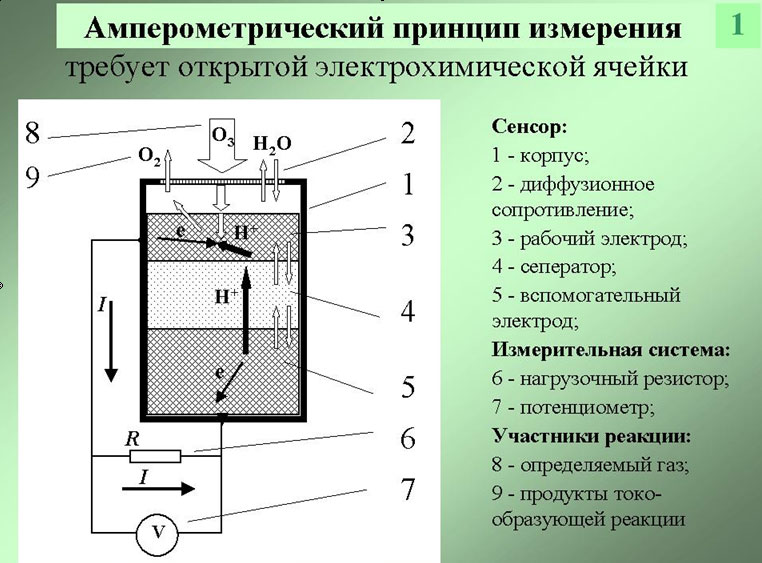Creation of scientific foundations mass transfer processes in open electrochemical systems of gas sensors
Created scientific principles of mass transfer processes in open electrochemical systems of gas sensors based on a mathematical model that links these processes on the verge of "air - gaseous diffusion catalytically active electrode" with internal structure and composition of the system. Proposed mathematical model determines the optimal parameters of an electrochemical system as a means of measuring gas concentration, which allowed us to establish the nature of the restrictions for the upper limits of measurement most amperometric sensors - diffusion of the test gas, dissolved in the electrolyte film, to the surface of the electrode. Made the simulation model of amperometric sensor in actual use and storage as chemical sources of current, internal resistance which is the sum of series and parallel connected polarization resistances. The contribution of each component is a linear function of the current signal and is defined as a semi-empirical equation with an error criterion of 25% for a group of similar electrochemical systems. A simulation model showed the possibility to increase the upper limit of measurement by parallel connection of additional mass transfer polarization resistance test gas through the electrolyte to the electrode surface - except its direct diffusion, as independent diffusion products of its interaction with the solvent and/or specially selected redox electrolyte system which has been experimentally confirmed and to increase the upper limit of measurement in order. The first time investigated the role of mass transfer processes in liquid and solid phases in open systems amperometric sensors in shaping current analytical signal. Set the regularity of mass transfer in detectable component by changing the hydrodynamic and thermal operating modes cells and the influence of mass transfer under conditions of sudden, cyclical or long-term changes in relative humidity as a major factor maintaining homeostasis open system.

| Attachment | Size |
|---|---|
| 680.5 KB | |
| 3.16 MB |




